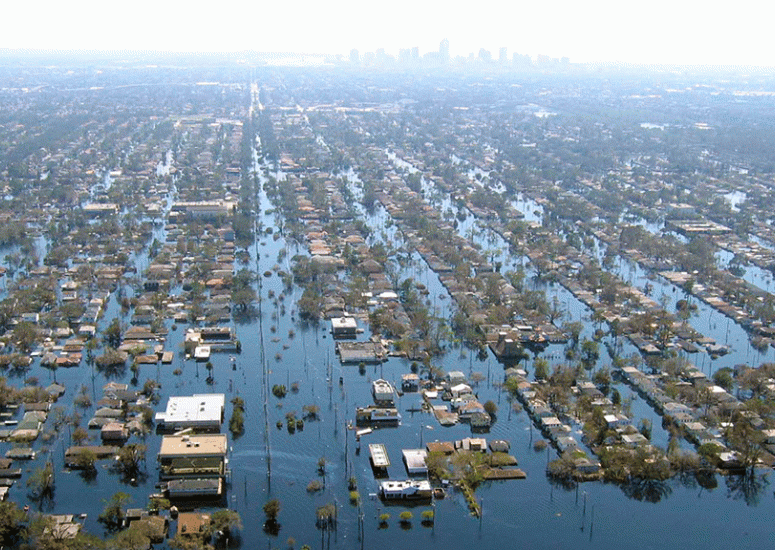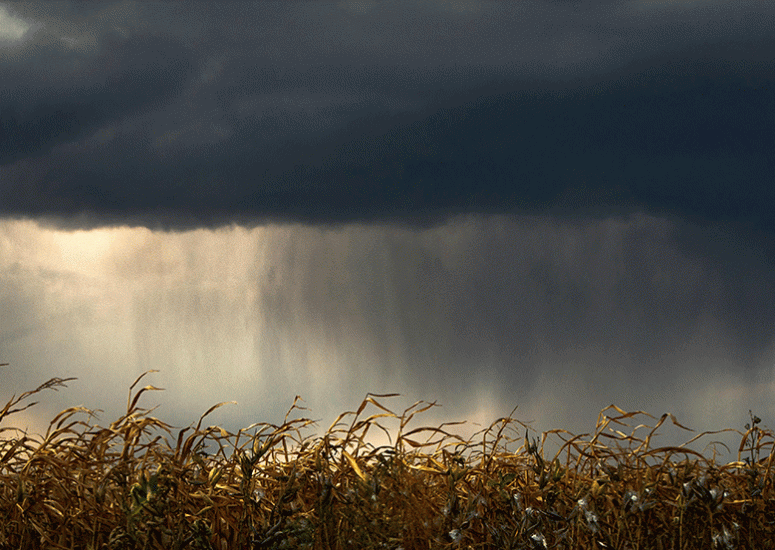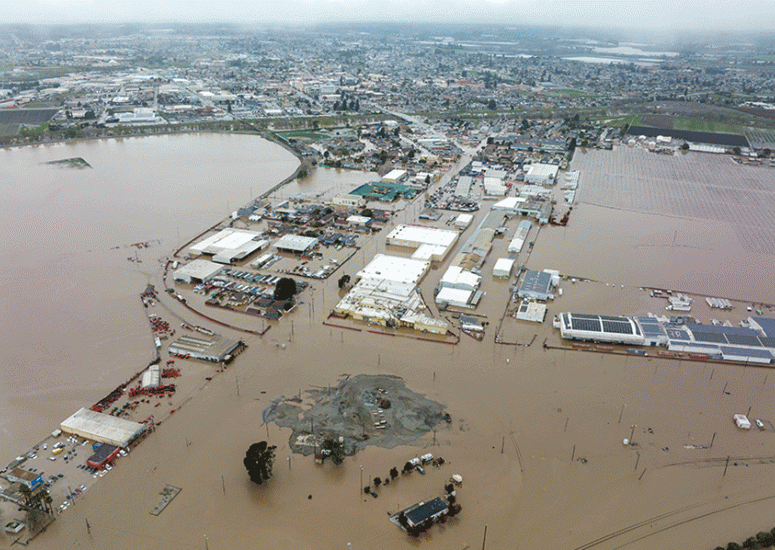-

New modeling capability to reveal secret life of water
Scientists at Rice and NSF NCAR will track water’s unique fingerprints to better understand Earth's climate.
- Climate,
- Water
-

AMS to hold special session as Hurricane Katrina's 20th anniversary looms
An AMS Presidential Session interdisciplinary panel will look at the many impacts of Hurricane Katrina.
- Climate,
- Weather
-

A change in the weather in the Corn Belt
The corn fields of the central U.S., along with intensive irrigation and shallow groundwater, has altered the region's precipitation patterns.
- Climate,
- Water,
- Weather
-

Changes in store for atmospheric rivers
The warming climate will have differing effects on atmospheric rivers depending on location.
- Climate
-
NSF NCAR receives major grant to improve climate projections
The grant will enable NSF NCAR to run multiple computer model simulations, providing decision makers with information about key climate variables 20 years and beyond into the future.
- Climate
